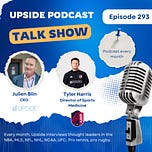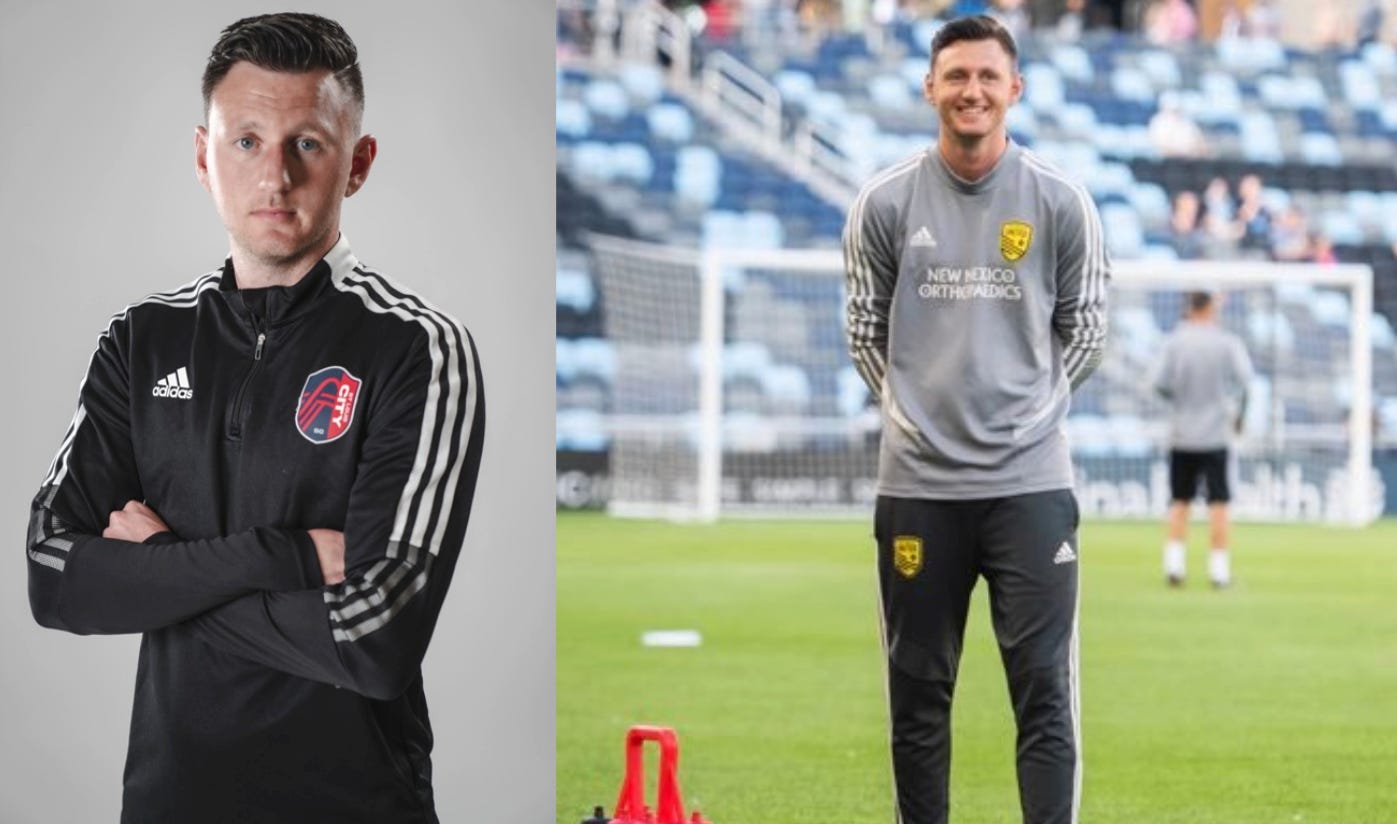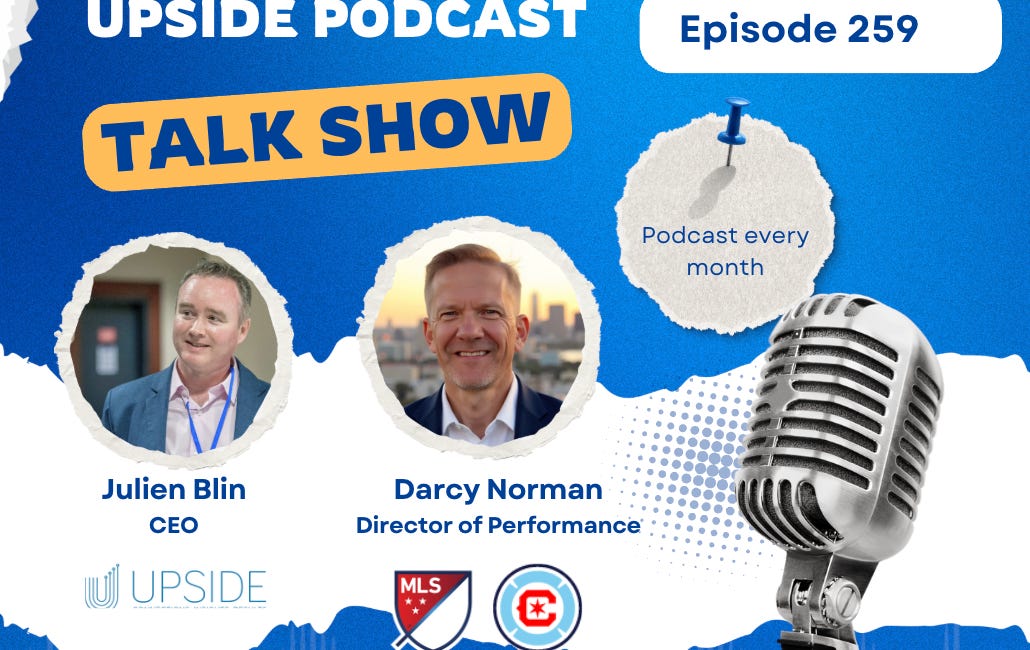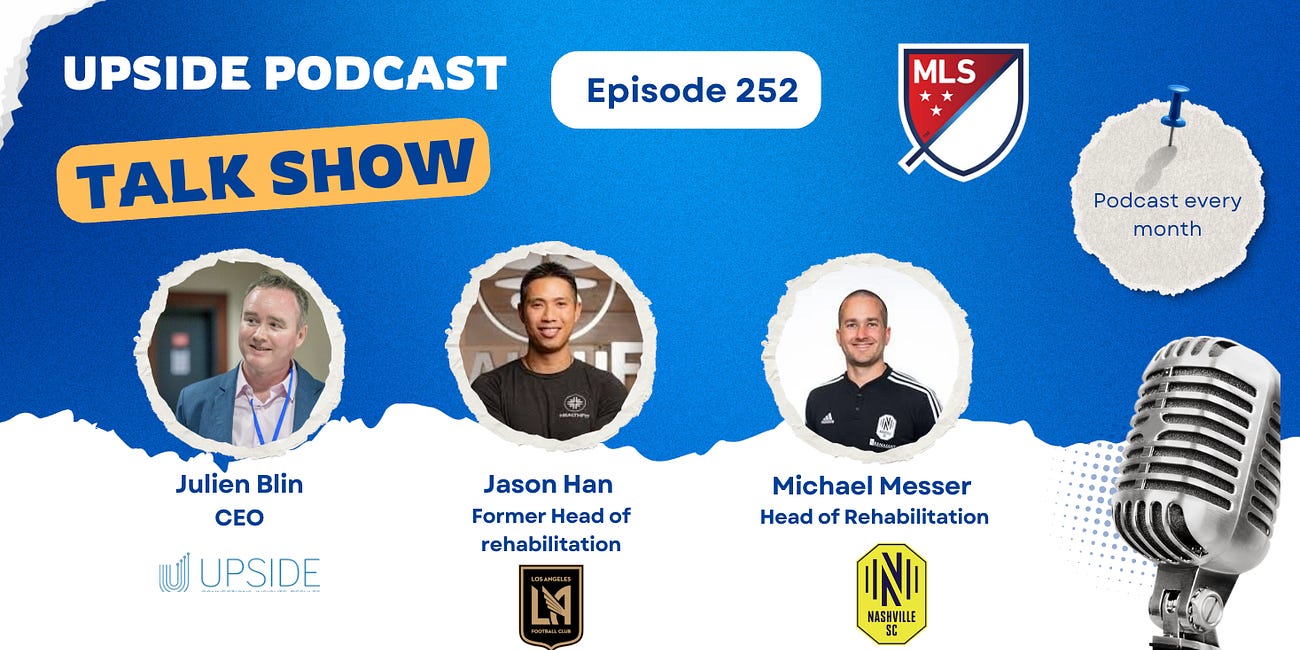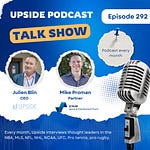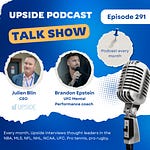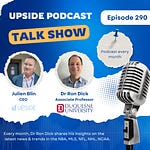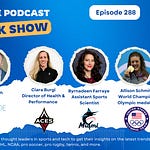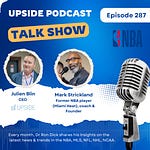Today we have the honor of interviewing Tyler Harris, the director of sports medicine at St Louis CITY SC, an MLS team.
Tyler Harris is the Director of Sports Medicine for St. Louis CITY SC of Major League Soccer, where he oversees athlete care, rehabilitation, return-to-play processes, and the medical departments across the first team, second team, and academy. A lifelong soccer enthusiast, Harris began his career with a strong passion for the human body and its performance in elite environments. After graduating in athletic training, he joined U.S. Soccer, working within the prestigious residency program in Bradenton, Florida, where he supported the country’s top youth talent while traveling internationally and preparing teams for major tournaments. His time in the national system exposed him early to high-pressure environments and helped shape his professional foundation.
Tyler later continued his development in the USL with New Mexico United, where he played a key role in building a medical and performance program from the ground up. The broad responsibilities and limited staffing of the USL environment accelerated his growth, helping him refine his clinical systems, communication strategies, and return-to-play frameworks. In 2022, he transitioned to St. Louis CITY SC, reuniting with former colleagues to develop the medical and performance infrastructure for the new expansion club at the MLS level. Today, he is recognized for a collaborative, athlete-centered approach that blends communication, evidence-based practice, and technology evaluation to deliver elite care and maximize player performance across a grueling professional season.
You can watch the video interview below by clicking on the Youtube link. You can also listen to the audio interview by clicking on the link at the top of the page:
📝Show Notes: Through this interview, we touched on:
His journey to the MLS
Training & Rehab Philosophy
Evaluating New Technologies
Advice for Aspiring Practitioners
You can read the full transcript of the podcast interview with Tyler located at the top of this blog post.
Here are the quotes from the interview with Tyler:
1. Journey to the MLS
“I’ve always been very passionate about sports in general and soccer more specifically. It’s always been a pretty big passion of mine throughout my life, and knowing that I wanted to pair that with my understanding of the human body and how it functions in elite settings when it comes to sports, I think it was just a good pairing between the two. I knew that early on going into university, and that led me down the athletic training path because I wanted to do something active and team-oriented.”
“I was very fortunate to work with US Soccer pretty fresh out of university, down at their residency program in Bradenton, Florida. We would bring in the top players from across the country for a two-year cycle, train them daily, travel around the world, and prepare for the U17 World Cup. It was an incredible environment with great performance staff and coaches, and it really helped jumpstart my career. I was thrown into the deep end early, as I say, and it helped formulate how to deal with high-stress environments.”
“In the USL, you have to wear a lot of hats and carry a lot of the load because there isn’t the staffing you have in MLS. You’re working with the bare bones, which can really help develop you as a clinician. For me, it helped formulate how I wanted to work things—my processes and procedures when it came to return-to-plays—and really set me up for success long term.”
“To do that at the MLS level with a new expansion team was an opportunity I just couldn’t pass up. Having done that at the USL level, to come to St. Louis and help start the medical program at the MLS level was something that really excited me and I knew would be a big challenge.”
2. Training & Rehab Philosophy
“For me, a lot of it comes down to full collaboration with anyone that is involved with the player. When an injury comes up—and injuries happen in this sport—you want to meet the athlete where they’re at. They have prior experiences, whether with similar injuries or clinicians they’ve worked with in the past, and I’m always trying to figure out on an individual level how best to work with that athlete from both a communication and clinical perspective.”
“Some days they come in and you have to know there are going to be days where you can push them and get a lot out of them, but there are also days where they show up and mentally or physically they’re just not there. And maybe this isn’t the day to add a new stimulus, introduce a new exercise, or try something new. A lot of that comes from conversations, daily screenings, and knowing where the athlete is not just physically but emotionally.”
“You’re dealing with human beings at the end of the day, and that becomes such an important aspect of rehab and athlete care in general—figuring out how they’re doing, what they’re dealing with, and recognizing that life outside of sport impacts how they show up.”
3. Evaluating New Technologies
“I always start with: Will this benefit the athlete and how? And does it fit with our approach to treatment, to rehab, and the way we want to operate? If the answer is yes, then we can start going down the line and filtering systems based on whether they align with our philosophy and daily workflow.”
“There are a lot of competitors on the market, and everyone will say theirs is the best at X, Y, and Z. If you understand what’s driving your approach as a clinician and what matters in your system, it helps narrow the field. Then you can start looking at which one fits your practice the best, speak with other clinicians and other teams, and get real-world feedback.”
“We’re always open to learning about new things. If we come across something that could be beneficial, we start looking into it immediately and try to figure out how to get it into the building as soon as possible. Whether that’s a trial or working through budget timelines, we try to evaluate things in a real setting, get hands-on use, and see if it truly fits.”
“Athlete feedback is huge. I’ve had athletes come in and say, ‘I’ve used this in the past, it worked really well for me, can we look into it?’ And if it’s something I haven’t heard of, I’ll dive into it. If I think it’ll help us, we’ll try to push it through. You have to consider a lot before making a decision on something that’s hopefully going to stay in your building long-term.”
“A lot of the exciting stuff coming out now is around HRV and what the best way is to monitor and regulate it. With all the travel in this league and the different climates you’re playing in, recovery becomes a massive component of the season, and finding ways to enhance recovery protocols is critical.”
4. Advice for Aspiring Practitioners
“I would recommend immersing yourself in the environment you want to be in professionally. If you know you want to be in pro soccer, find ways to get into those environments—volunteering, internships, anything that gets you firsthand exposure. There are so many teams now that offer these opportunities to young clinicians, and it’s hugely important so you understand the demands at the professional level.”
“Continue seeking out ways to become a better clinician. Whether that’s through continuing education, manual therapy skills, or other practical skill development, the key is putting tools into your tool belt but making sure those tools are sharp and can be used effectively. Don’t just take a course to take it—you’re spending your own money, so make sure it applies to your environment and your goals.”
“Networking is such a big part of this profession. Soccer is a small world, especially on the sports medicine side, and the more you show up, get your name out there, and talk to people, the more opportunities you uncover—whether it’s internships, new roles, or simply learning from others.”
You may also like:
🔥Upside MLS Chat with Mike Messer (Nashville SC), Tyler Harris (St Louis CITY SC ), Darcy Norman (Chicago Fire FC), Jason Han (Ex LAFC), on Team Culture, Leadership Development, Adversity, Gen AI
This week we have the honor to interview again a group of sports performance executives to talk about the latest trends in the world of sports performance and rehabilitation.
🎙️ Upside Video Chat with Darcy Norman, Director of Performance, Chicago Fire FC (MLS)
Today we have the honor of interviewing Darcy Norman, the director of performance for the Chicago Fire FC a top MLS team.
🔥Upside Chat with Mike Messer (Nashville SC / MLS), Jason Han (Ex LAFC / MLS) on Biohacking, Shiny Tech Objects, The MLS Evolution, and PSG's Champions League Win
This week we have the honor to interview again a group of sports performance executives to talk about the latest trends in the world of sports performance and rehabilitation.

